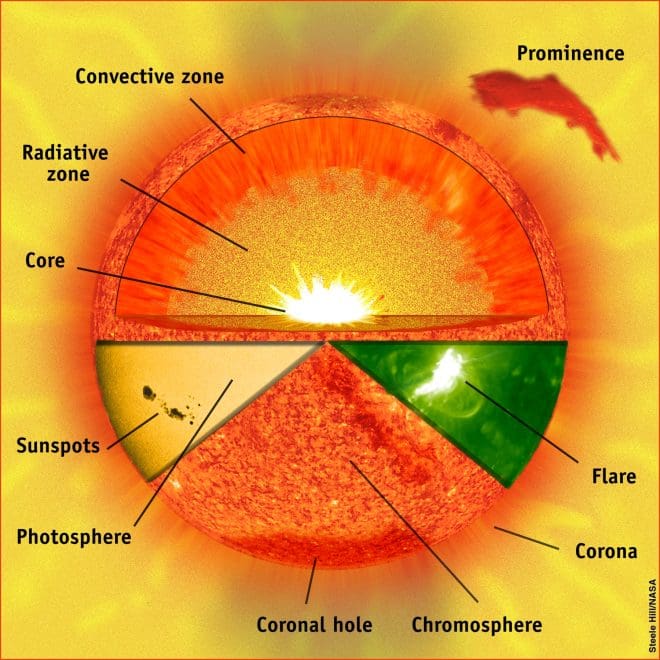 |
| Moon to right above sun at 12 noon, Aug. 21 in Santa Monica (with filter) |
Solar eclipses happen about every 18 months, so I couldn't get fired up over this one.
Everybody knows that the moon rotates around Earth. That means that it passes between Earth and the Sun every month.
Because the moon is so small and 238,900 miles from Earth and doesn't rotate in the same plane with Earth and Sun, its shadow doesn't always touch Earth, but one out of 18-20 times, the shadow does touch our planet.
Thank you to Sarah Chodosh for explaining this in the journal Popular Science:
http://www.popsci.com/total-eclipses-frequency
Because our planet is so big and much of it is covered by water, any one spot on a continent doesn't move under the moon's shadow that often.
But it's not that big a deal.
I'm much more interested in the movement of Earth's tectonic plates over millions of years than in the shadow of the moon passing over us today.

And here's a list of notable eclipses in the 20th Century:
https://en.wikipedia.org/wiki/List_of_solar_eclipses_visible_from_the_United_States
In any case, it's good to look outside the smaller concerns of life on Earth and look instead at movements of the sun, moon, and stars--and the changes in our own planet over millions and billions of years.





